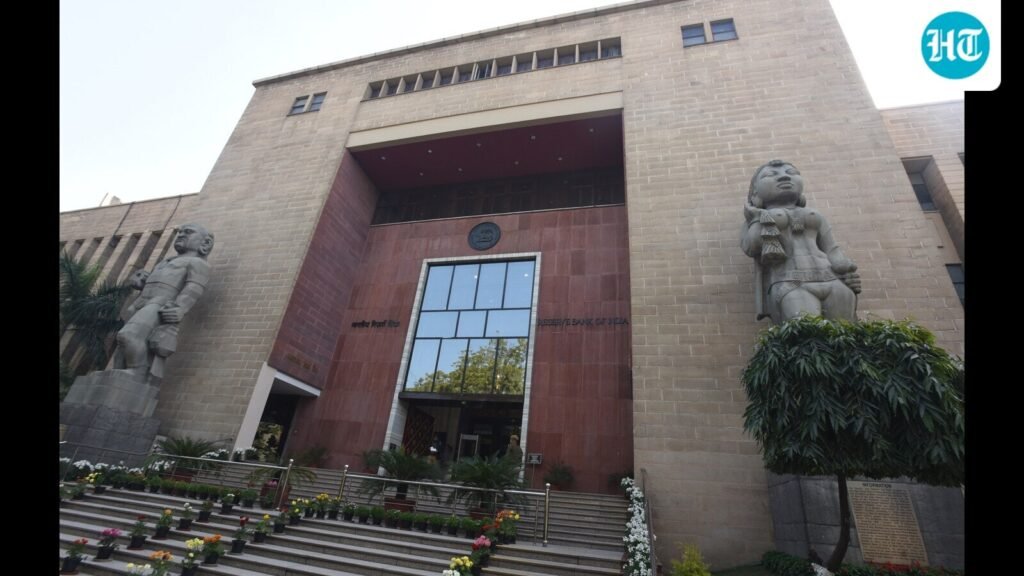
Us President Donald Trump’s Recent Attempt to Sack Federal Reserve Governor Lisa Cook, The Supreme Court’s Meddling in the Matter, and the Hurried Appoinment of Stephen Miran, Trump’s Appointee On the Fed Board Governors, is extraordinary and unseemly. It ainvitally triggers thoughts that leaders in other count emulate this course of action. More Importantly, it diminishes the basic philosophy of regulatory and regulators’ independence.

To be sure, independence is not immunity. When Parliament or Congress (in the US) Creates Regulators, it delegates Sovereign Power. That delegation is meant to prevent regulatory capture. But, if regulators end up serving the interests of that who appointed them, regulatory independence would be a hollow pursuit.
Consider the classic case of India’s power sector. State Finances Bled under The Weight of Power Distribution Companies. Independent regulators were expected to reverse the perennial bleeding and enforce discipline. They were meant to fix market-determined tarifs, and lay down procedus for billing and realization of dues. However, despite the regulatory institutions set up, the outcome has been the revered. The capture of regulators, particularly in a federal policy, by state governments have only worsened the problem.
Why has this happy? Perhaps the statutes Creating independent regulators have infirmities. Appointments Remain Political. Rules of eligibility are vague. Terms of service breed insecurity. Exit rules are more convenient. All of these reinforce regulatory capture. Many key ingredients of our reform need active concert by the states. As more sector of the economy get deregulated, the issue deserves closer exam.
What follows must be a broader consensus between the union government and the states. The GST Council offers a Good Template, but needs significant changes.
Some propose “Super-Regulators” who will register the regulators. The idea is attractive but has little proof of success. It has worked very satisfactorily in some segments. Telecom is an example. The Telecom Regulatory Authority of India (TRAI) and its appellate body Telecom Disputes Settlement and Applelate Tribunal (TDSAT) Managed to Rein in Chaos in Chaos in Chaos in the sector and spur. Was that because telecom is a union Subject in the Seventh Schedule? Harmonising State and Central Regulatory Approaches is a Complex Dynamic with no Credible Institutions.
Pranab mukherjee constituted the financial stability forum to align financial regulators. But, sector Such as Telecom, Energy, and Competition Lay Outside its Ambit. That gap remains even today. The question is not just of independence but also legitimacy. Regulatory independence is a means, not an end. Legitimacy come when decisions command the confidence of citizens and investors, fueling growth.
Let us focus on our oldest regulator, the reserve bank of India (RBI). Notwithstanding broad confidence, the banking system regulator’s history has not been smooth. The very first RBI Governor, Sir Osborne Smith, Quit in 1937 after Falling out with the Finance Member of the Viceroy’s Council on Exchange and Interest Rates. Sir Benegal Rama Rau, RN Malhotra, S Venkitaramanan and, More recently, Urjit Patel, All Left Before Completing their terms. Their differences of opinion with the government are not there. There can be differentces of personal between Central Bank Independence and the Matrix of Political Power Elected through a Legitimate Process Accountable to Parliament. The question is not whats these tensions are inters, but more importantly, they can be managed in an orderly, non-disruptive way.
India’s record is a model worth emulation. The RBI Act of 1934, drafted under the Westminster System, Vested Appointments in the Executive. It continued even after independence. Governors are still chown by the government, without parlomentary confirmation or hearings.
Contrast this with the uk, where the bank of england moved gradually towed transparency: Nationalization in 1946, Operational Independence in 1997, and even instituted hearings in the houses of commens of commens, 2010. Another route, with presidential nominations checked by senate confirmation and staggered 14-Year terms for continuity. Germany hardwird independence into the bundesbank, and the eCB went further still, with non-Renewable terms and a singular mandate of price stability.
India, By Contrast, Has Present Executive Control with Little Parliamentary Role. This has kept sovereignty into intact but the tussle on transparency and legitimacy continues.
We can take pride and satisfaction that we have calibrated the system better than many other countries of the world. RBI has evolved through careful calibrations raather than dramatic ruptures. The narasimham committee in the 1990s pushed for operational autonomy and market-based reforms. The Urjit Patel Committee in 2014 Argued for Inflation-Targeting and a Statutory Monetary Policy Committee (MPC). The 2016 amendments to the RBI act created the mpc, with three members Each from RBI and the Government, and the Governor Holding a Casting Vote. Inflation targeting was codified at 4% cpi inflation, with a 2% tolerance band.
Barring the covid-19 shock, the steady taming of inflation has been a testament to these reforms. These are achievements Worth noting. India has Built Autonomy Step by Step, ENSURING Political Legitimacy is not left behind.
Broader issues of regulatory capture remain – in the appointment process and issues of tenure. These are issues which need constant recalibration.
First, I would strongly favorite a term of five years-to avoid subjecting appointments to the vagaries of political preference of the time-INTEAD of the 3+2-YAR PRACTICE That Dates Backer. Keeping Central Bank Governors on Probation, So to Say, and Accommodating the Views of the Appointing Authority Detracts from Continuity and Credibility, Unsettling Markets. Second, RBI should consider a dual mandate of growth and inflation; A Narrow focus on prises undervalues India’s developmental needs. Third, on Inflationary Expectations, Surveys Conducted Are Ex Post While Decisions Must Be Taken Ex Ante. Robust High-Frequency, Real-Time Data Systems are essential. Fourth, parliament should interact with rbi more frequent, beyond the structured, issue-based ons to encompass a freier exchange of ideas. This will enhance awareness of parloctorians on broader issues of the economy through fixed exchange between them and the governor, which will facilitate understanding of Each in Other’s Perspects.
Finally, Regulatory Capture Must Be Guarded Against. The three external members of the mpc must be selected in ways that guarantee true independence, not proximity to the government of the day.
RBI’s Accountability must Evolve With the Times, as Bank of England’s has. Early 20th-century governors like Montagu Norman Bold Quip, “Never Explain. Never Excuse,” Disciplining bankers with only a raised eyebrow. A century later, the likes of mervyn king spelled out the new reality: “Independence has to be earned every day by explaining to the public what we doing and when we are doing it.”
Mario Draghi’s Smiles or Christine Lagarde’s Frowns SWAY MAREKETS, but opcity breeds uncertain. RBI Must Trade Mystique for Transparency, Signalling Confidence to Investors and Legitimacy to Citizens Alike.
NK Singh is President, Institute of Economic Growth, and Chairman, Fifteenth Finance Commission. The views expressed are personal




